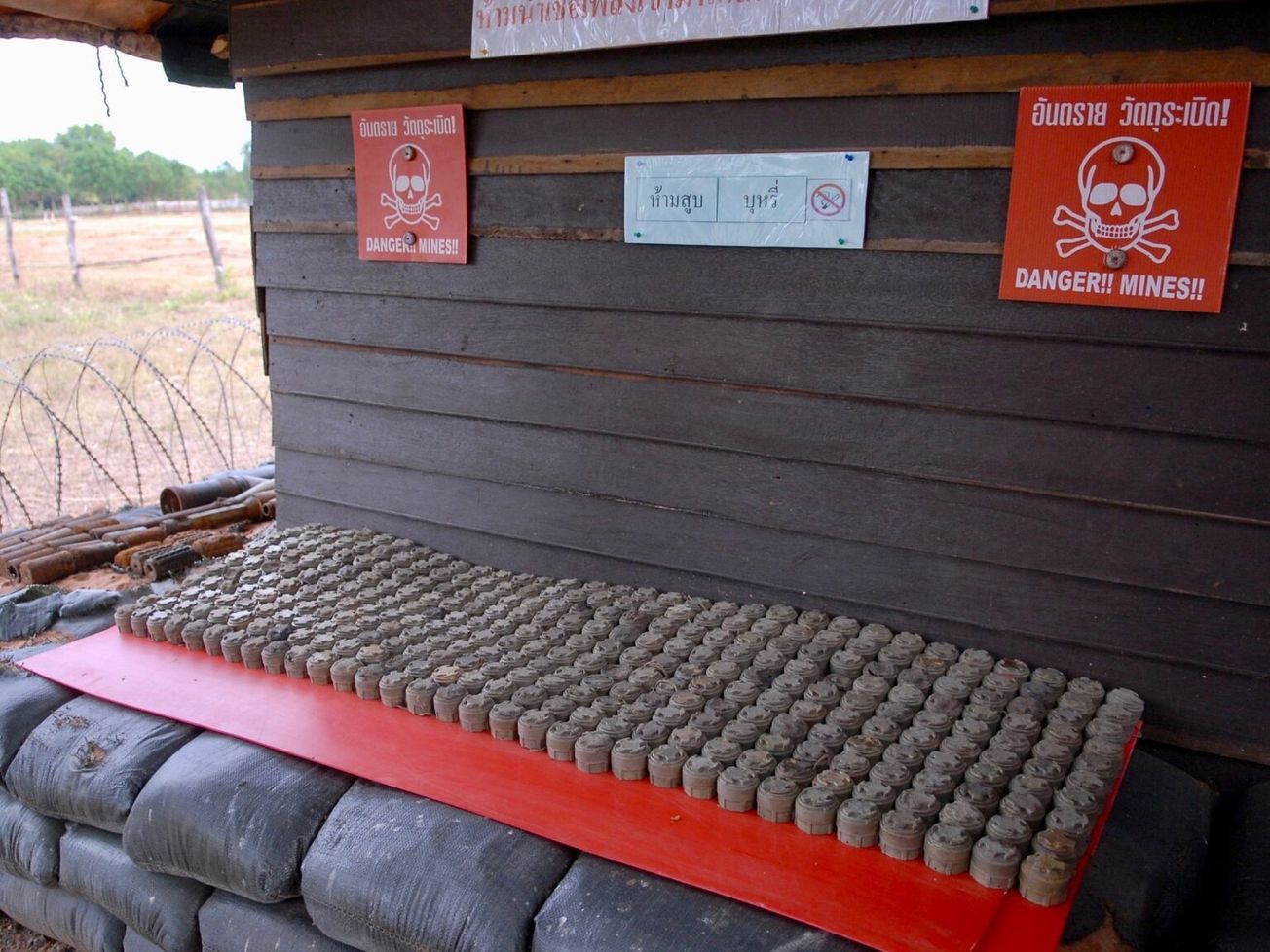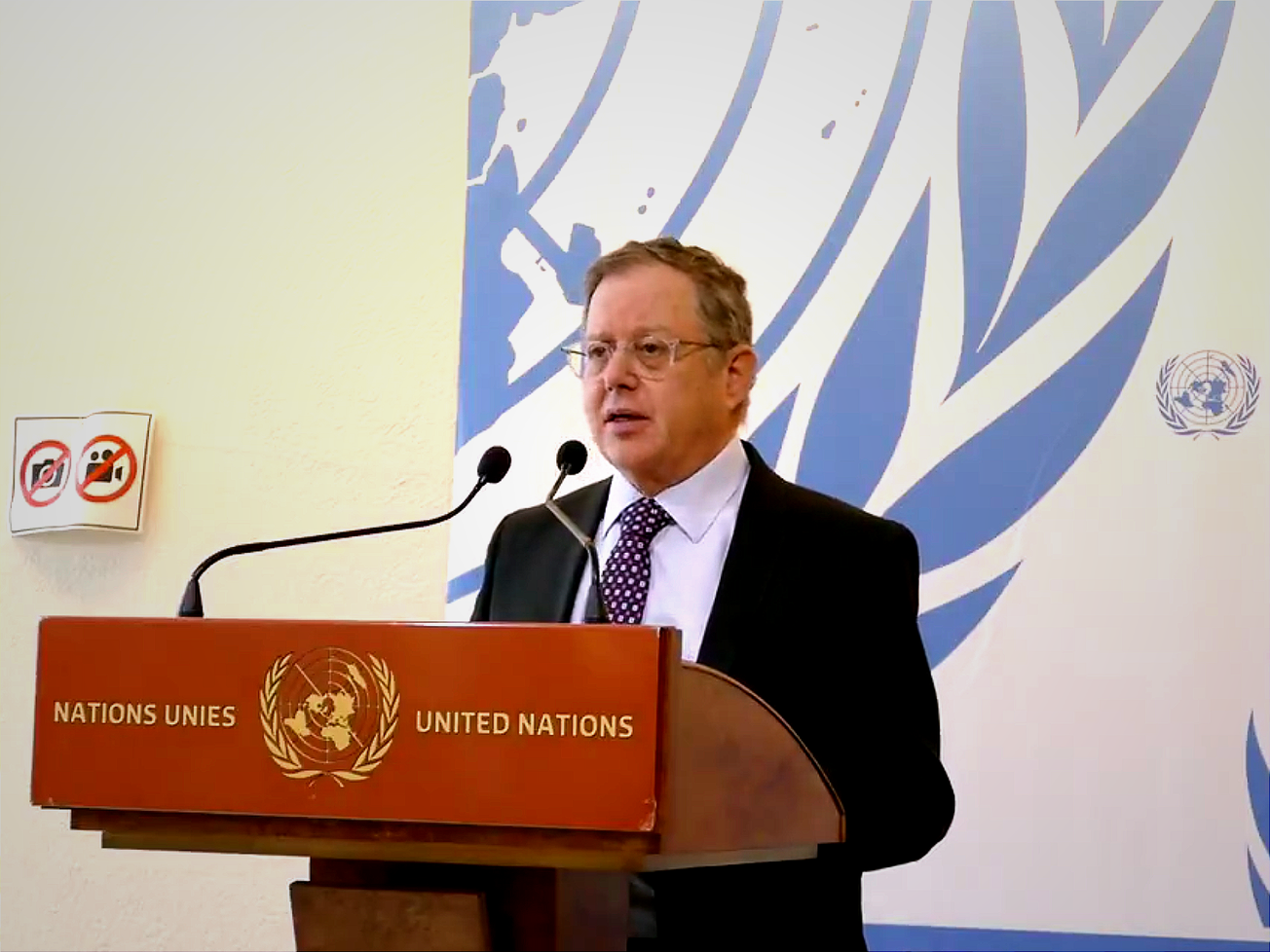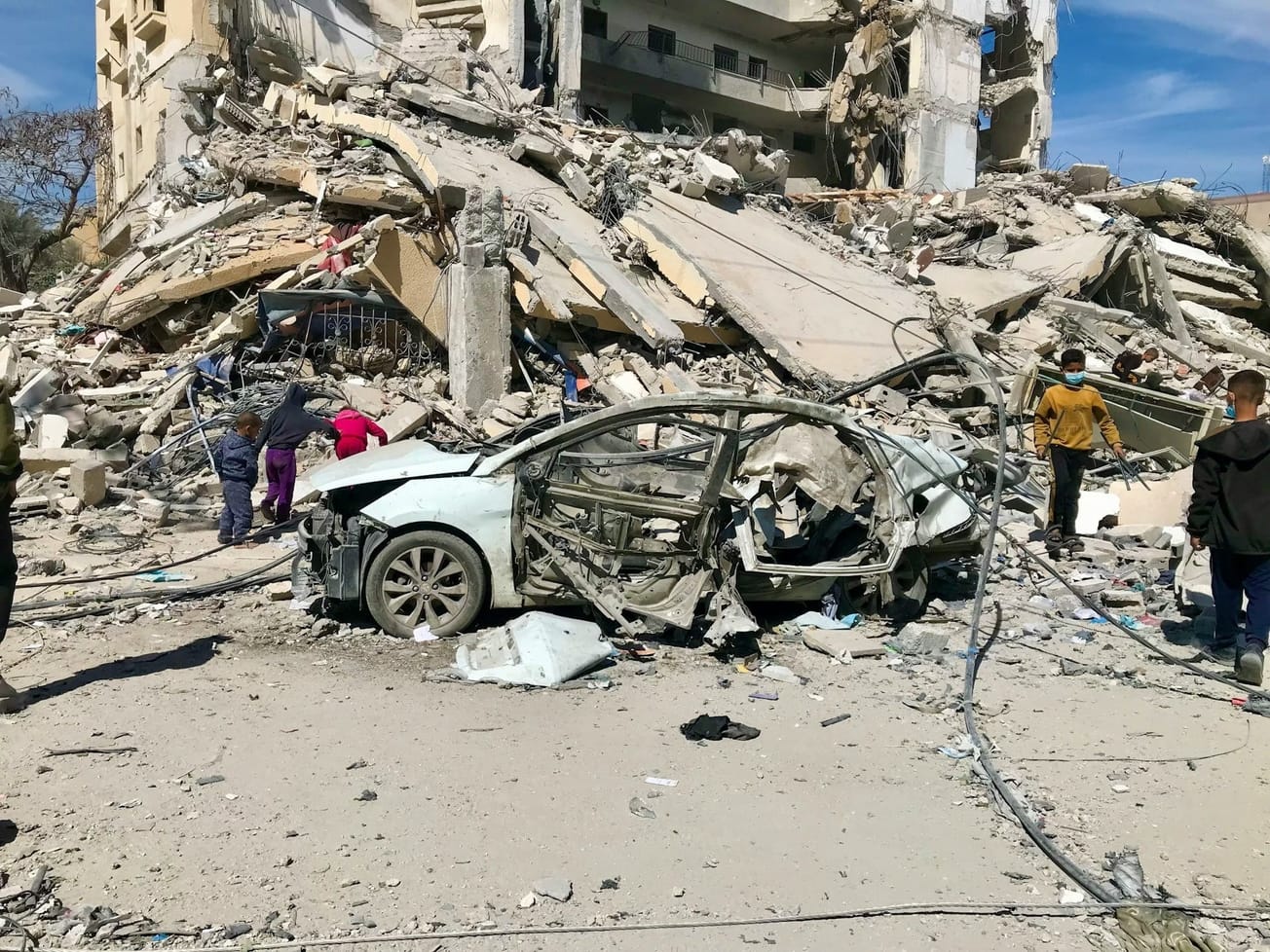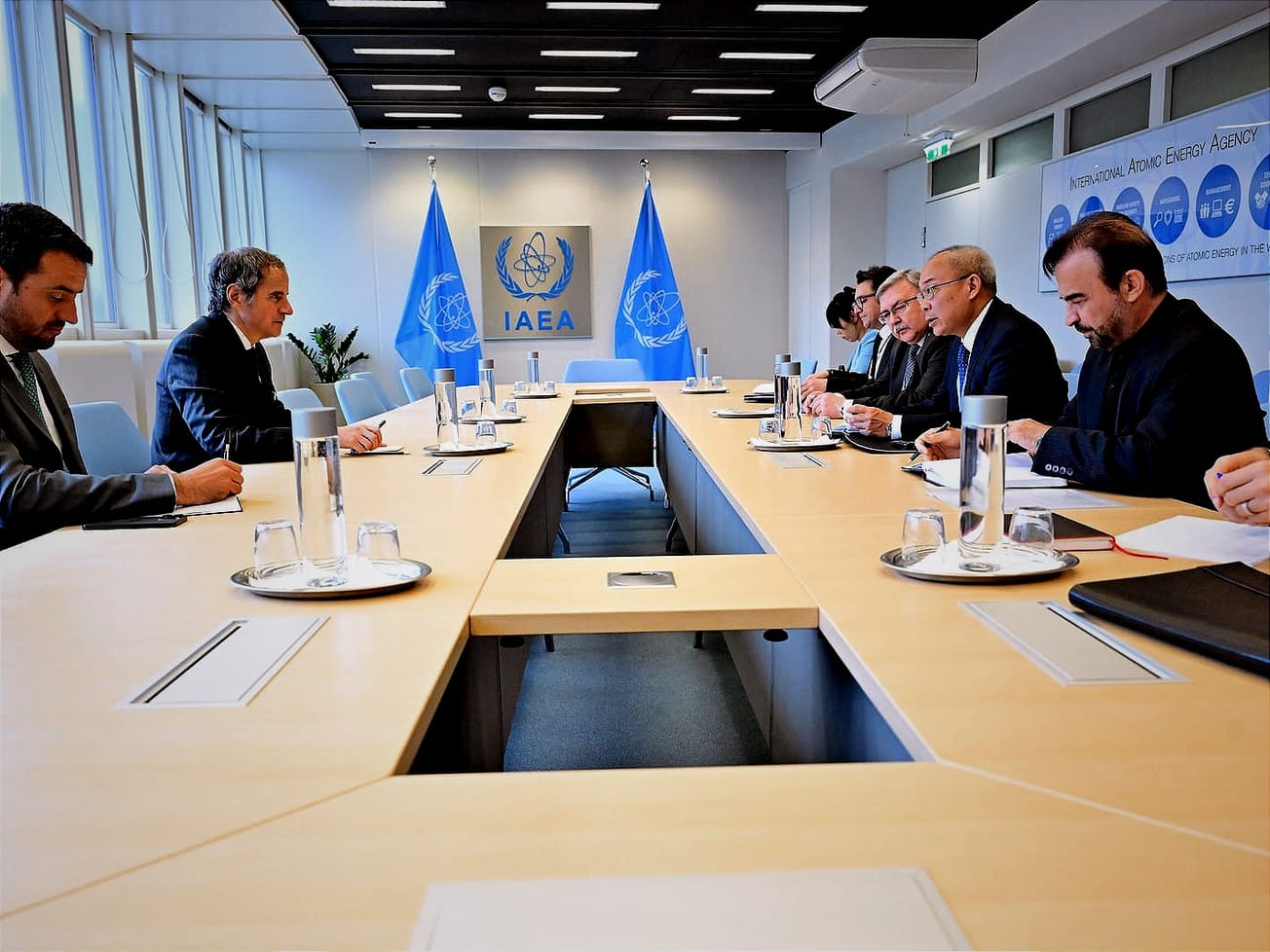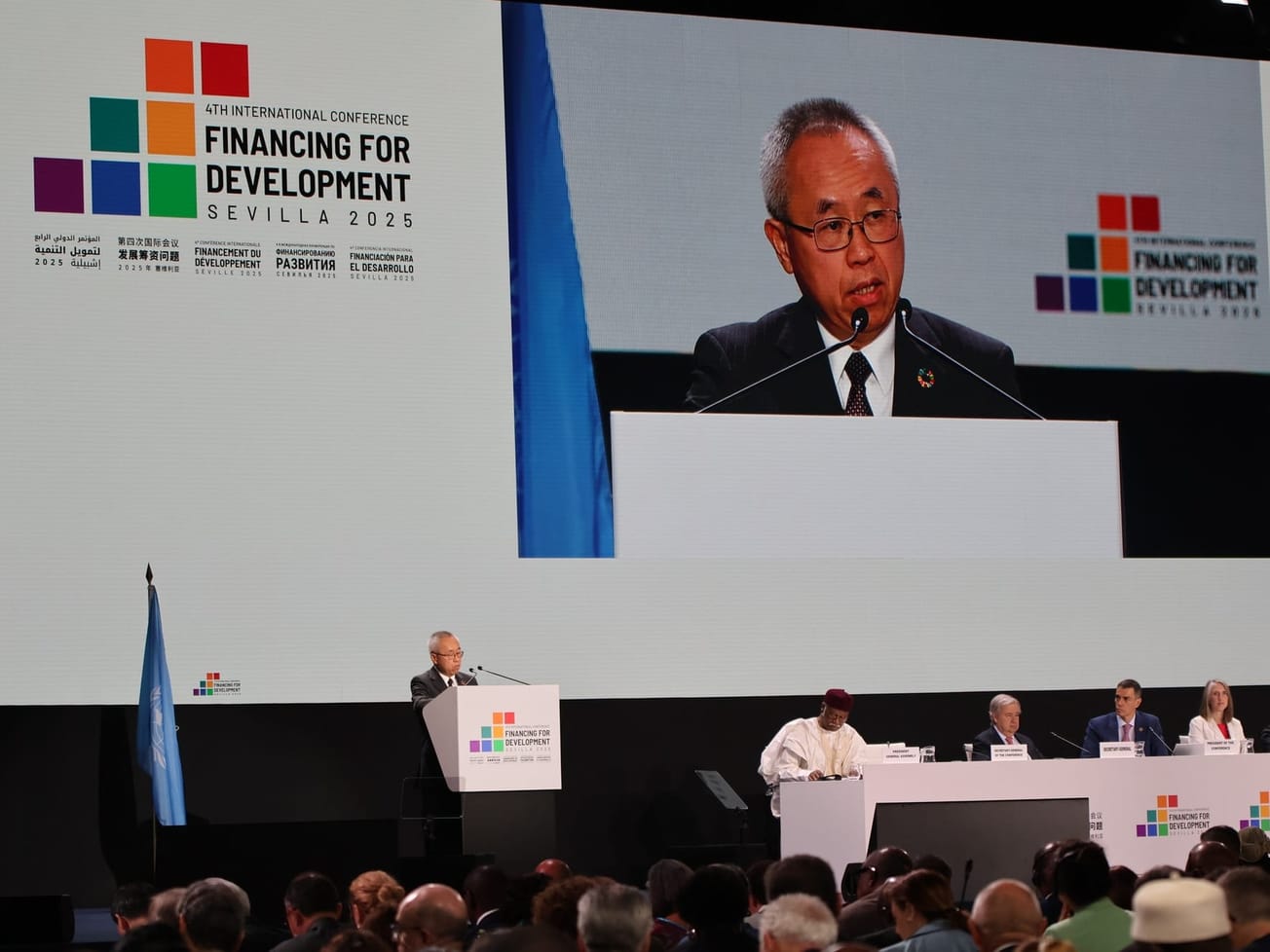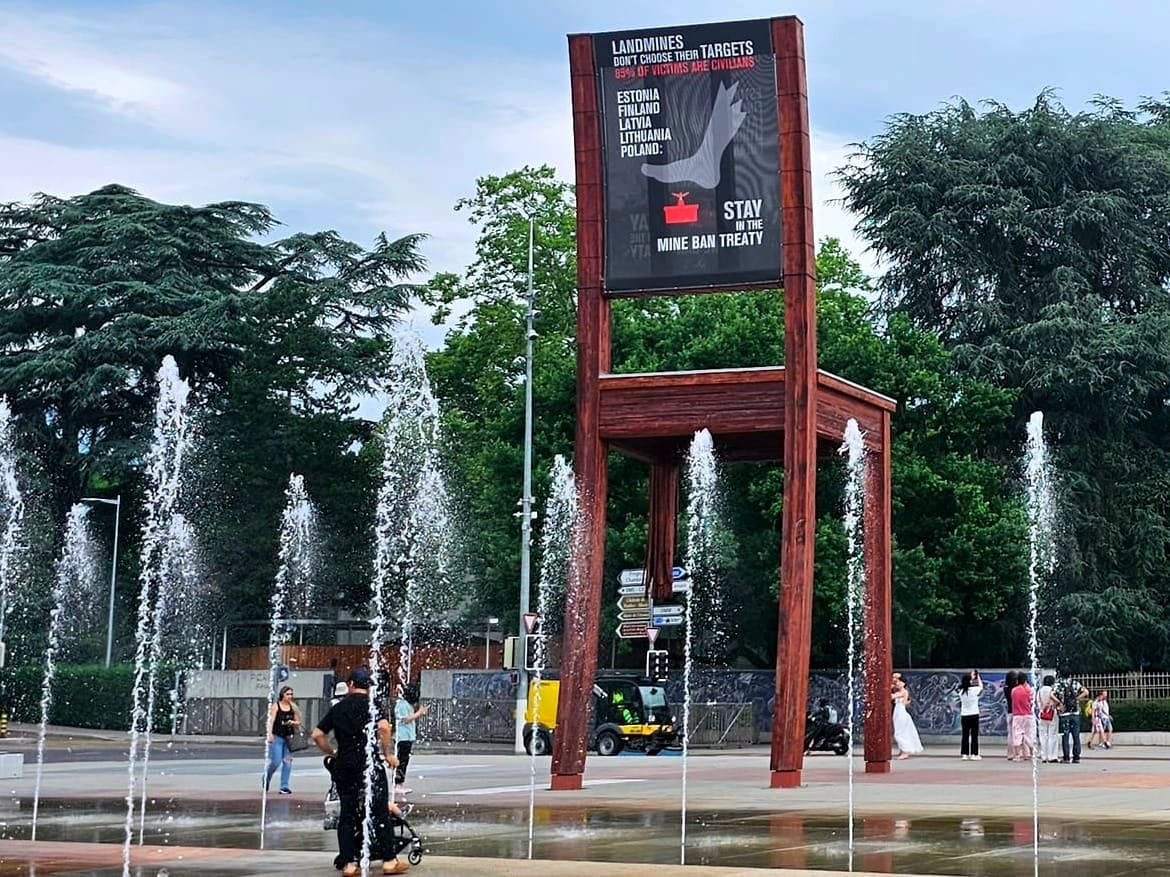GENEVA (AN) — At least 5,554 people — mostly civilians, including many children — were killed or wounded last year because they stepped on a land mine or other unexploded devices left behind in war, advocacy groups reported on Thursday.
The 2019 figures amount to a 40% increase from the 3,956 victims reported a decade earlier, which were at that time the lowest number for any year since the first Landmine Monitor report in 1999. The report is produced by Geneva-based International Campaign to Ban Landmines, or ICBL, a global network of nongovernmental organizations in 100 nations.

